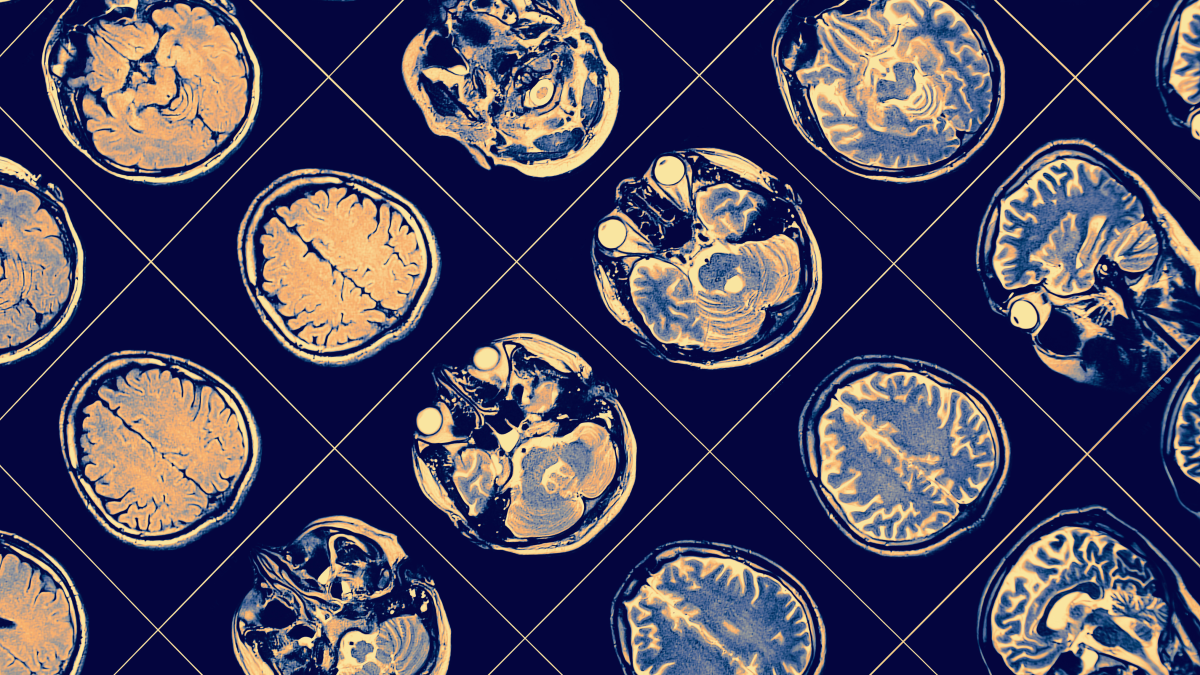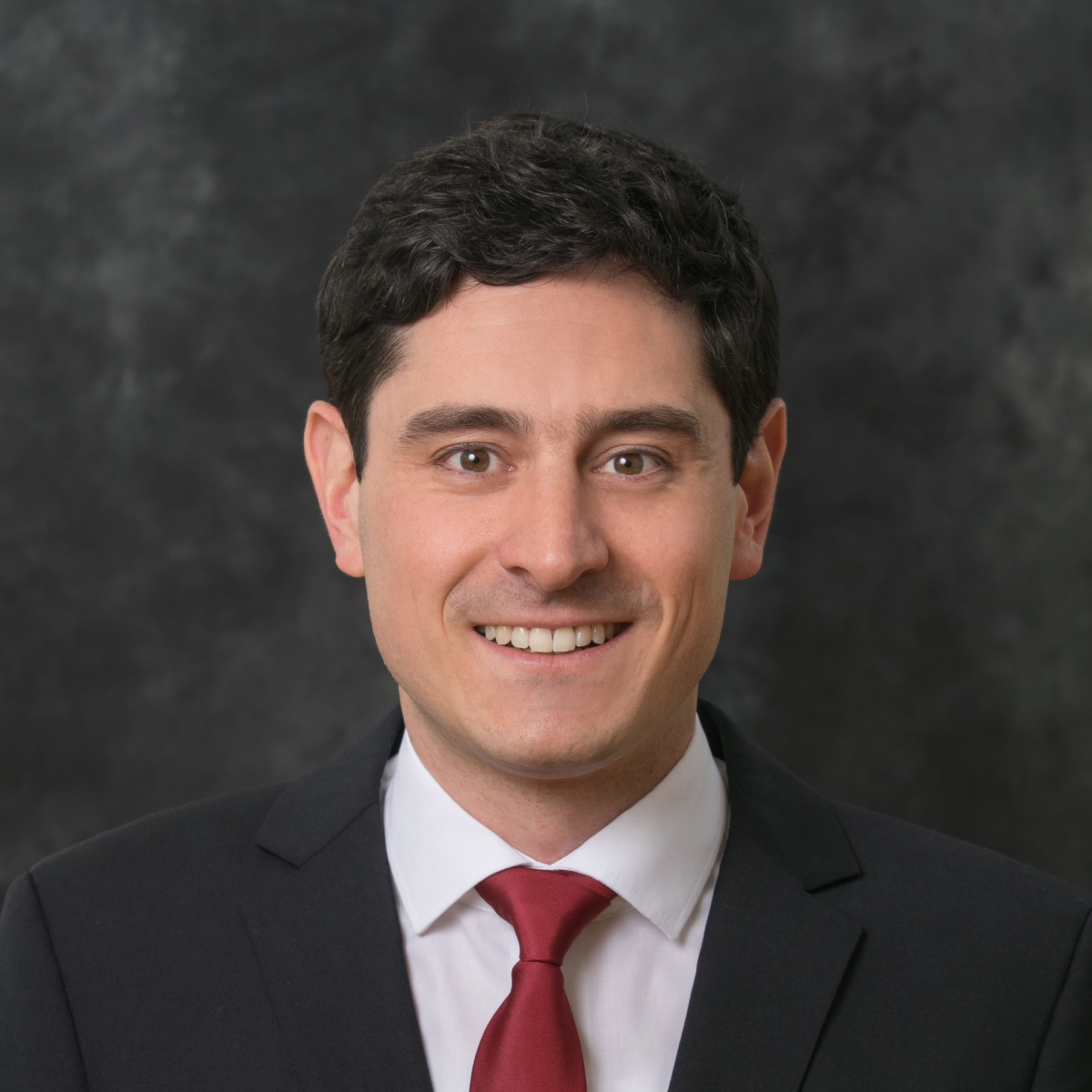Weickenmeier Receives $570K NSF CAREER Award to Explain Age-Related Brain Structure Changes
The mechanical engineering professor will develop tools to predict cognitive decline before symptom onset
Johannes Weickenmeier, an assistant professor in the Department of Mechanical Engineering, recently received a $570,574 National Science Foundation (NSF) CAREER Award for his project, “Biomechanical Characterization of Periventricular White Matter and Its Age-Related Degeneration.” The five-year project seeks to use experimental and computational strategies to explain the impact of decade-long brain shape changes on functional brain structures, such as the ventricular wall.
“We would like to show that mechanics plays a critical role in understanding the impact of aging on the brain’s form and function,” said Weickenmeier, who is also the director of Stevens’ Center for Neuromechanics.
Brain aging is characterized by progressive neurodegeneration that leads to cognitive slowing and functional decline. Cell-level changes manifest on the organ level in the form of cortical thinning, white matter shrinking and, most notably, lateral ventricular enlargement, in which the fluid-filled spaces of the brain (the lateral ventricles) become larger than usual.
“Everyone ages,” Weickenmeier said, “but by better understanding how the brain is changing, we can find new ways to slow or even prevent some of the aging-related features in the brain that are linked to cognitive decline.”
Weickenmeier will combine medical image registration, brain tissue experiments and constitutive modeling to study how progressive tissue loss drives ventricular enlargement and leads to tissue damage that is associated with neuroinflammation and axon loss. He will also show how such loss is visible in medical imaging and establish a brain aging model that predicts ventricular enlargement and corresponding periventricular white matter lesion locations. This research stands to allow clinicians to identify subjects showing signs of abnormal aging early on.
“I think our work is important because brain changes start many years before symptoms become noticeable,” Weickenmeier said. “If we had tools to predict potential changes of the brain early on, we could work toward intervention or potentially even prevention.”
Weickenmeier’s long-term vision is to develop “virtual twins” of the brain that can realistically predict the risk for developing age or disease-driven brain changes. Virtual twins can be thought of as digital copies of a person’s brain that can be used to make personalized predictions of how the brain will age, and how tissues will degenerate. Various scenarios and life events can be tested on this digital copy to see how the brain’s form and function might be impacted, and whether this raises the risk of any health problems later in life.
“The accuracy of these virtual twins requires, however, that we have a strong foundational understanding of the brain’s mechanical tissue properties, ways to validate our simulations against patient data, and the tools to make realistic personalized models that account for our diverse population.”

